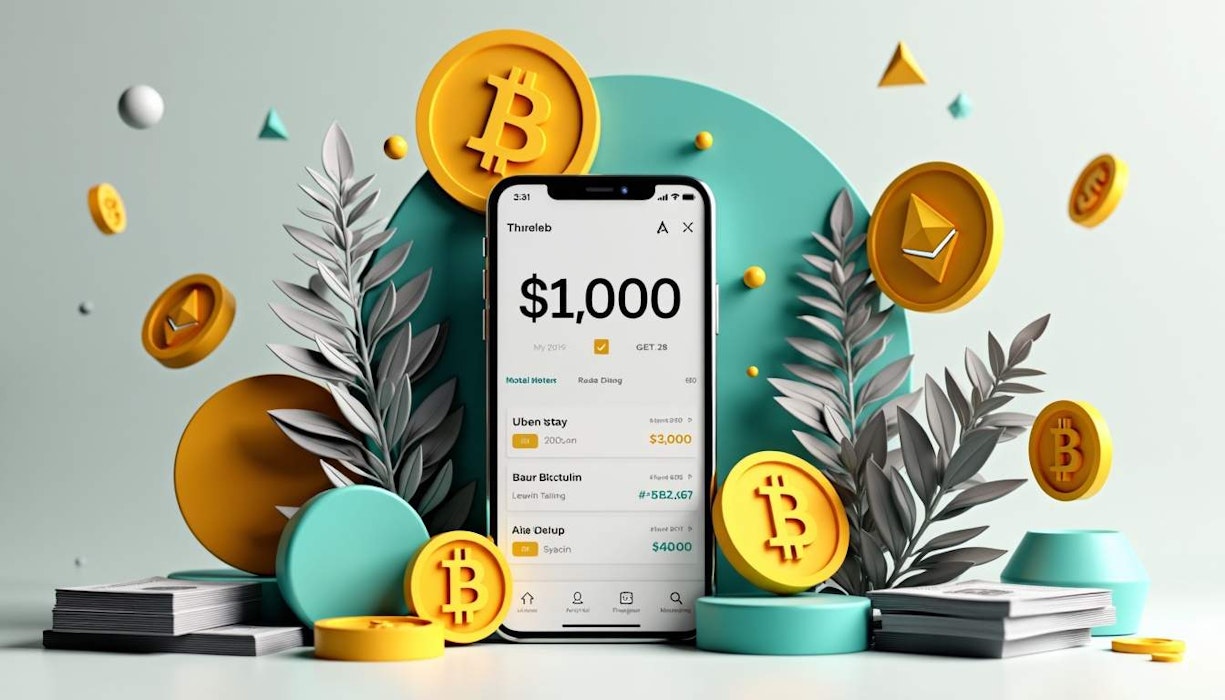The Federal Reserve just cut interest rates for the first time in over a year, and I can't help but think about what this means for crypto exchanges in the US. As traditional assets become less appealing, could we finally see a surge in demand for cryptocurrencies? Let’s dive into it.
The Fed's Move and Its Implications
The recent 50 basis point cut has everyone buzzing. Minneapolis Fed President Neel Kashkari, who was once on Team Hawk, is now all about those cuts. He thinks inflation's under control and wants to avoid a recession. But here's the kicker: aggressive rate cuts can really shake things up.
When interest rates are low, money flows into riskier assets like crypto. It’s almost like clockwork. More cash chasing fewer assets usually leads to higher prices—and more volatility. I mean, look at history! But there's also a flip side: if people think these cuts are just a precursor to an economic downturn, they might pull back on crypto investments.
Crypto Exchanges and Fee Structures
Now let’s talk about something that always gets me heated—exchange fees. In a market where volatility is king (or queen), having low fees can be the difference between profit and loss for traders trying to navigate these choppy waters.
Exchanges like Binance and Coinbase might see an uptick in users as people flock to platforms that won’t bleed them dry during their trades. And let's be real; most of us are looking for that crypto money exchange with lowest fees available.
P2P Trading Platforms: A Different Beast
And what about P2P trading? These platforms could face unique challenges as well as opportunities from these economic shifts. In countries grappling with hyperinflation, higher U.S. interest rates can exacerbate capital flight and make borrowing even more expensive.
Imagine trying to pay back loans when your currency is collapsing! P2P platforms may need to rethink their strategies as default risks skyrocket.
Navigating Digital Currency Trading
For those of us actively trading digital currencies, this environment calls for some serious risk management. Increased volatility means you better have your stop-loss orders ready or maybe even consider diversifying your holdings.
But here’s something else to chew on: rapid shifts in monetary policy can expose gaps in regulation—especially in an ecosystem like crypto that thrives on decentralization and often operates outside traditional financial systems.
Summary: Are We Ready?
So there you have it—the Fed's rate cuts could potentially set off a chain reaction through crypto exchanges in the US and beyond. As traders, we need to stay sharp and informed because one thing's for sure: it’s going to get interesting out there.
